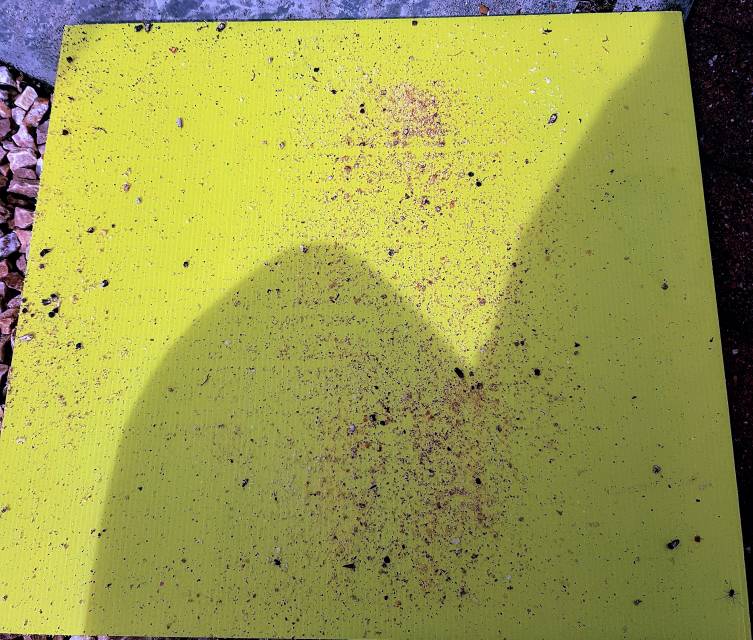- Joined
- Mar 31, 2018
- Messages
- 279
- Reaction score
- 42
- Location
- Stirling
- Hive Type
- 14x12
- Number of Hives
- 6
Removed the tray after one week of apivar varroa treatment. I've read i shouldn't keep the tray in. Anyway, can you experienced beeks tell me what im looking at?

Sent from my SM-G950F using Tapatalk

Sent from my SM-G950F using Tapatalk

















































